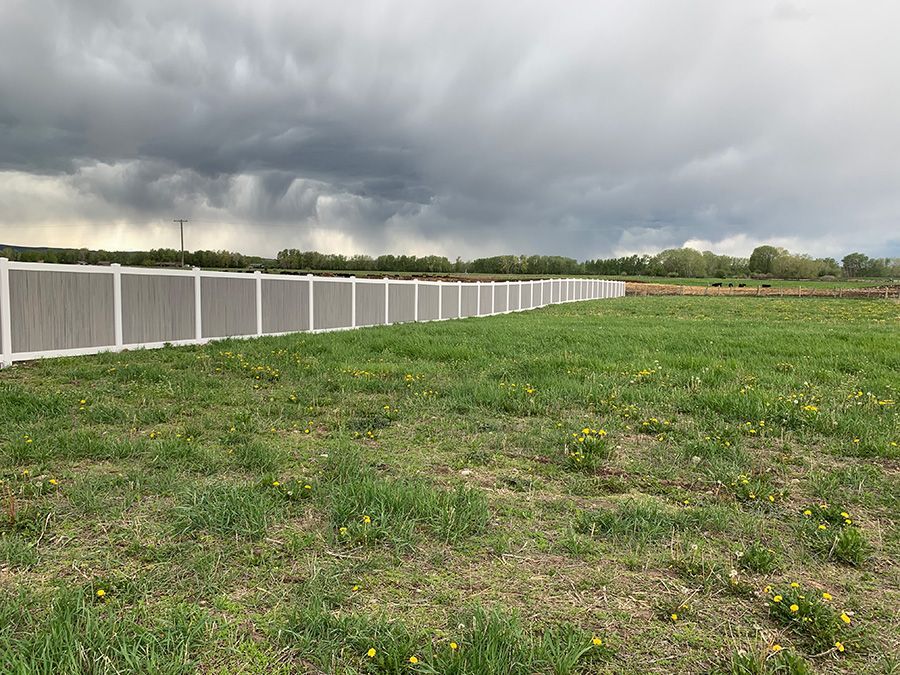Ornamental iron fences are not just about marking boundaries—they are a testament to artistic craftsmanship and history. The history of ornamental iron fences reveals their evolution in architecture and culture, blending functionality with timeless elegance. Join us as we dive into the journey of ornamental iron fences, their growth through history, and their lasting impact on modern aesthetics.
The Beginnings of Ornamental Iron Fencing
The origins of ornamental iron fencing can be traced back to the ancient civilizations of Egypt and Rome, where metals like iron and bronze were used to create barriers and decorative elements. These early iron fences were often simple and functional, designed more for security than aesthetics. However, as metallurgy advanced, so did the potential for more elaborate and artistic designs.
Key Historical Design Changes
During the 17th century, ornamental iron fencing evolved, becoming more detailed and artistic, especially in Europe. The industrial revolution of the 18th century was pivotal in making iron more affordable, enabling the creation of elaborate designs. Fences and gates adorned with intricate scrollwork, finials, and ornate patterns flourished in palaces and estates, marking the golden age of ornamental iron work.

How Culture Shaped Ornamental Iron Fencing Designs
With the rise in popularity of iron fencing, designs began reflecting the distinct cultural influences of various regions. In France, for example, baroque-style fences symbolized aristocratic wealth and elegance. In the U.S., by the 19th century, iron fences were symbols of status, with wealthy individuals using them to flaunt their prosperity. The influence of culture led to an array of unique designs based on local preferences and materials.
The Evolution of Ornamental Iron Fences in the Modern Age
In the present day, ornamental iron fencing has evolved to align with modern aesthetics, incorporating new materials and technologies alongside traditional styles. While the classic, ornate designs remain popular, there's a growing trend toward minimalist, contemporary adaptations that suit both residential and commercial applications, balancing elegance with durability. Today's designs continue to honor the rich history of ornamental iron fences, yet adapt to modern tastes and preferences.
Wrapping Up
The history of ornamental iron fences tells a tale of innovation, evolving from utilitarian barriers to architectural masterpieces. Whether you're planning to install ornamental iron fencing or just admire their timeless appeal, their rich history and ongoing evolution make them a unique and valuable choice.
Which ornamental iron fence design resonates with you? Share your thoughts in the comments below!
#OrnamentalIronFencing #HistoryOfFencing #IronFences #FenceDesign #Metalwork #DecorativeIron #FencingHistory #ModernDesign #CulturalDesign